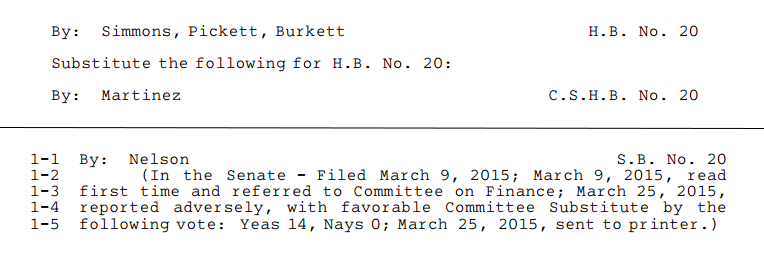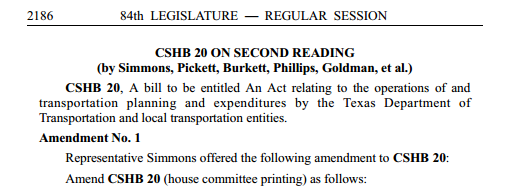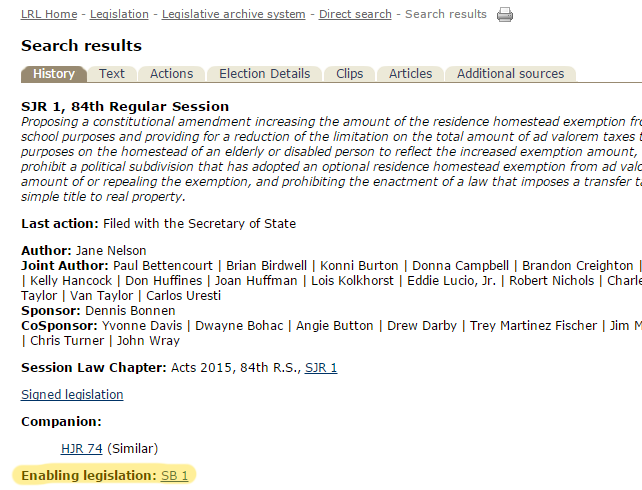In this occasional series, we explain terms used in the Texas legislative environment.
Texas legislators can introduce three types of resolutions*:
Concurrent Resolution—A type of legislative measure that requires adoption by both chambers of the legislature and generally requires action by the governor. A concurrent resolution is used to convey the sentiment of the legislature and may offer a commendation, a memorial, a statement of congratulations, a welcome, or a request for action by another governmental entity. Concurrent resolutions are also used to memorialize (petition) the U.S. Congress, express the views of the legislature, designate official state symbols, and adopt official date or place designations. Additionally, concurrent resolutions are used for administrative matters that require the approval of both chambers, such as providing for adjournment or a joint session, but these types of concurrent resolutions do not require action by the governor.
Joint Resolution—A type of legislative measure that requires adoption by both chambers of the legislature but does not require action by the governor. A joint resolution is used to propose amendments to the Texas Constitution, ratify amendments to the U.S. Constitution, or request a constitutional convention to propose amendments to the U.S. Constitution. Before becoming effective, the provisions of joint resolutions proposing amendments to the Texas Constitution must be approved by the voters of Texas.
Simple Resolution—The type of legislative measure that is considered only within the chamber in which it is filed. A simple resolution can offer a commendation, a memorial, a statement of congratulations, a welcome, or the views of that chamber. This type of measure is also used to name a mascot, memorialize (petition) the U.S. Congress, adopt or change rules of procedure, initiate a study by a single chamber, and request action by another governmental entity.
|
Resolutions in the 85th Legislature
|
Introduced
|
Signed/Filed/Enrolled
|
|
Concurrent Resolutions, 85R
|
202
|
97
|
|
Concurrent Resolutions, 85(1)
|
22
|
2
|
|
Joint Resolutions, 85R
|
169
|
9
|
|
Joint Resolutions, 85(1)
|
52
|
0
|
|
Simple Resolutions, 85R
|
3,670
|
3,643
|
|
Simple Resolutions, 85(1)
|
663
|
654
|
*Definitions taken from the Texas Legislative Glossary, published by the Texas Legislative Council for the 85th Legislature.




